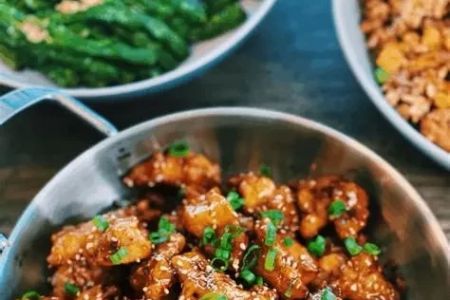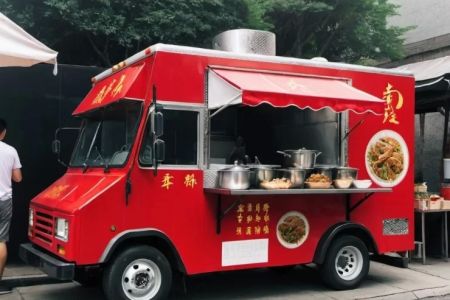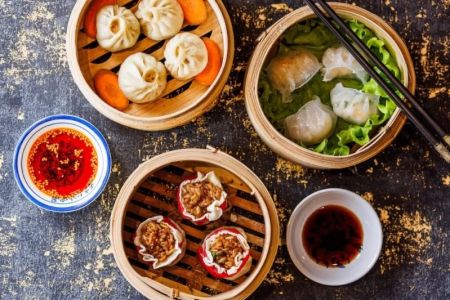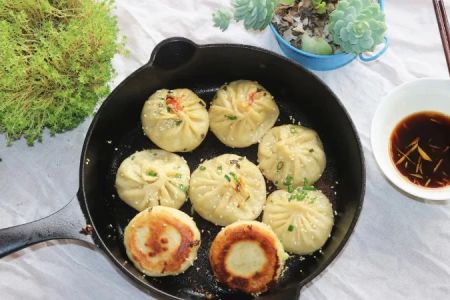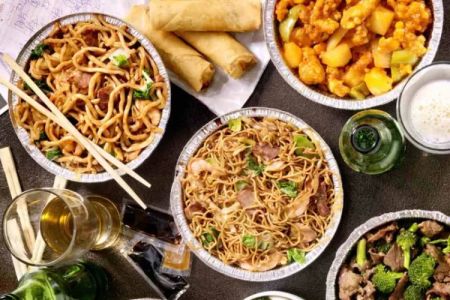- garlics-cultural-and-culinary-roots-in-china - Garlic’s Cultural and Culinary Roots in China
- minced-garlic-the-foundation-of-flavor - Minced Garlic: The Foundation of Flavor
- fried-garlic-crunch-aroma-and-complexity - Fried Garlic: Crunch, Aroma, and Complexity
- raw-or-lightly-cooked-garlic-brightness-and-balance - Raw or Lightly Cooked Garlic: Brightness and Balance
- personal-memories-and-modern-twists-in-chinese-garlic-dishes - Personal Memories and Modern Twists in Chinese Garlic Dishes
1. Garlic’s Cultural and Culinary Roots in China
Garlic has a long-standing presence in Chinese cuisine, both as a culinary workhorse and a cultural staple. Used across all major regions—from the fiery Sichuan kitchens to the delicate flavors of Jiangnan—garlic is more than a flavor enhancer; it's a culinary language that speaks directly to the senses. Its boldness reflects the communal nature of Chinese food: nothing subtle, nothing shy.
Traditional Chinese medicine regards garlic as a warming food, often used to invigorate the body, improve digestion, and “dispel cold.” That balance of nutrition and function translates directly to the wok, where garlic is rarely an afterthought. Instead, it’s treated with respect and understanding.
2. Minced Garlic: The Foundation of Flavor
In most Chinese kitchens, garlic is one of the first things to hit the hot oil. Minced finely and tossed into a smoking wok, it releases that unmistakable aroma that announces dinner is on the way. It’s the base note of many stir-fries, noodles, and braised dishes.
2.1 The “Fragrant” Technique
Known as “爆香” (bào xiāng), this cooking method involves quickly heating minced garlic, sometimes with ginger or scallions, until fragrant. This forms the aromatic base for countless recipes, from classic mapo tofu to dry-fried green beans.
2.2 Controlling Heat for Depth
Timing is everything—too early, and garlic burns; too late, and the flavor gets lost. The goal is golden, not brown, to unlock its sweet-spicy balance. At Chinese Food, you’ll find pre-prepped garlic blends perfect for campers, home cooks, or busy weeknights where layering flavor fast matters.
3. Fried Garlic: Crunch, Aroma, and Complexity
If minced garlic is the soul of Chinese cooking, then fried garlic is its stylish alter ego. Thinly sliced and deep-fried, garlic chips add textural contrast and nutty sweetness to dishes like congee, wonton noodles, and cold tossed cucumbers.
3.1 The Signature Finish
A sprinkle of fried garlic over a silky tofu dish or atop garlicky soy noodles offers more than just taste—it adds visual appeal and a finishing crunch that turns ordinary meals into craveable favorites.
3.2 A Story from the Street
A food blogger from Shanghai once recalled how her favorite breakfast wasn’t the main dish—it was the fried garlic topping served with her morning rice porridge at a humble corner stall. She said, “The garlic chips were so good, they made the plain rice feel rich.” That’s the quiet power of a well-done garnish.
4. Raw or Lightly Cooked Garlic: Brightness and Balance
While many associate garlic with strong, cooked flavors, raw or barely warmed garlic also plays a vital role in Chinese cuisine—especially in dipping sauces, salads, and cold dishes.
4.1 Garlic in Sauce Culture
Consider the chili-garlic soy dipping sauce that accompanies dumplings across the North, or the pungent garlic-sesame dressing in cold spinach salad. Here, garlic is used to punch through the salt and oil, giving balance and brightness to heavier textures.
4.2 Regional Signature Examples
In Northern provinces, raw garlic paste is often added to lamb skewers (yang rou chuan) or served with mutton hotpot. In contrast, Southern kitchens tend to mellow garlic’s intensity by blending it with sugar and vinegar for a more harmonious taste.
5. Personal Memories and Modern Twists in Chinese Garlic Dishes
For many Chinese households, garlic brings comfort and nostalgia. One home cook from Los Angeles described recreating her grandmother’s garlic-eggplant stir-fry after moving out of state: “The moment that garlic hit the pan, it smelled like home.”
Today, Chinese chefs and home cooks are experimenting with garlic-infused oils, fermented garlic pastes, and even garlic ice cream (yes, it’s a thing in some food festivals). The common thread? Garlic continues to evolve while staying true to its flavor roots.
Whether you’re making a classic dish or something contemporary, the role of garlic in Chinese cuisine is essential—from minced to fried to raw. For tools, sauces, and curated garlic-based pantry finds, explore selections at Chinese Food—your partner in bringing authentic flavor to life.


